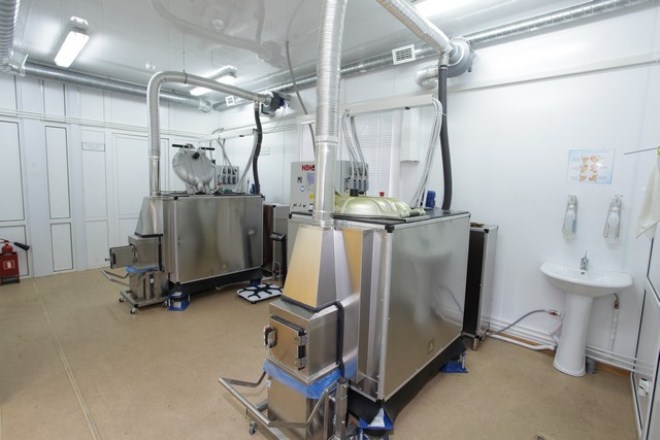
Title: Health Care: Exploring Medical Waste Management Equipment
Introduction: Effective management of healthcare waste is essential to prevent the spread of infectious diseases and protect public health. Clinics, hospitals and healthcare facilities generate significant amounts of biomedical waste every day, requiring the use of specialized equipment and systems for safe disposal. In this discussion, we will look at the different types of medical waste management equipment, including sharps containers, biohazard bags, and medical waste incinerators, and their role in ensuring the safe and proper management of biomedical waste.
-
Sharps Containers: Sharps containers are specially designed containers used for the safe disposal of needles, syringes, lancets and other medical sharps. These containers are made from puncture-resistant materials such as hard plastic or metal to prevent accidental needlesticks and injury during handling and transportation. Sharps containers come in a variety of sizes and configurations to meet a variety of healthcare and waste disposal needs. Wall-mounted sharps containers, tabletop sharps containers and portable sharps containers are commonly used in clinics, hospitals and outpatient settings. Proper disposal of sharps waste in designated sharps containers reduces the risk of needlestick injuries and transmission of blood-borne pathogens among healthcare workers and waste handlers.
-
Biohazard Bags: Biohazard bags, also known as infectious waste bags or red bags, are used to collect and store non-sharps medical waste contaminated with blood, body fluids, or other potentially infectious materials. These bags are color coded and labeled with biohazard symbols to indicate their contents and potential hazards. Biohazard bags are made from durable, sealed materials such as polyethylene or polypropylene to prevent spills and contamination during storage and transportation. Disposable biocontainment bags are commonly used to collect contaminated dressings, gloves, gowns, and other non-sharps disposable items generated during patient care. Separating biohazardous waste into properly labeled bags ensures safe handling and disposal in accordance with regulatory guidelines and standards.
-
Medical waste incinerators: Medical waste incinerators are specialized devices used for the thermal treatment and destruction of medical waste, including pathological waste, infectious waste and pharmaceutical waste. These medical waste incinerators use high temperatures to burn and sterilize, reducing their volume and making them non-infectious and non-hazardous. Medical waste incinerators come in a variety of sizes and configurations, ranging from small units for clinics and laboratories to large-scale systems for hospitals and healthcare facilities. Modern incinerators can be equipped with secondary combustion chambers, scrubbers and emission control systems to minimize air pollution and meet environmental regulations. Incineration is the preferred method for managing certain types of medical waste, especially infectious and hazardous materials, due to its efficiency and ability to destroy pathogens and reduce waste volume.
Conclusion: Healthcare waste management equipment plays a critical role in protecting public health and protecting the environment from the hazards associated with biomedical waste. Sharps containers, biohazard bags and medical waste incinerators are important components of a comprehensive waste management system for clinics, hospitals and healthcare facilities. By implementing proper waste segregation, handling, and disposal practices, healthcare providers can minimize the risk of healthcare-associated infections, work-related injuries, and environmental contamination from healthcare waste. Investing in quality medical waste management equipment and ensuring compliance with regulatory requirements are important steps towards ensuring the safe and responsible management of biomedical waste in healthcare facilities.






